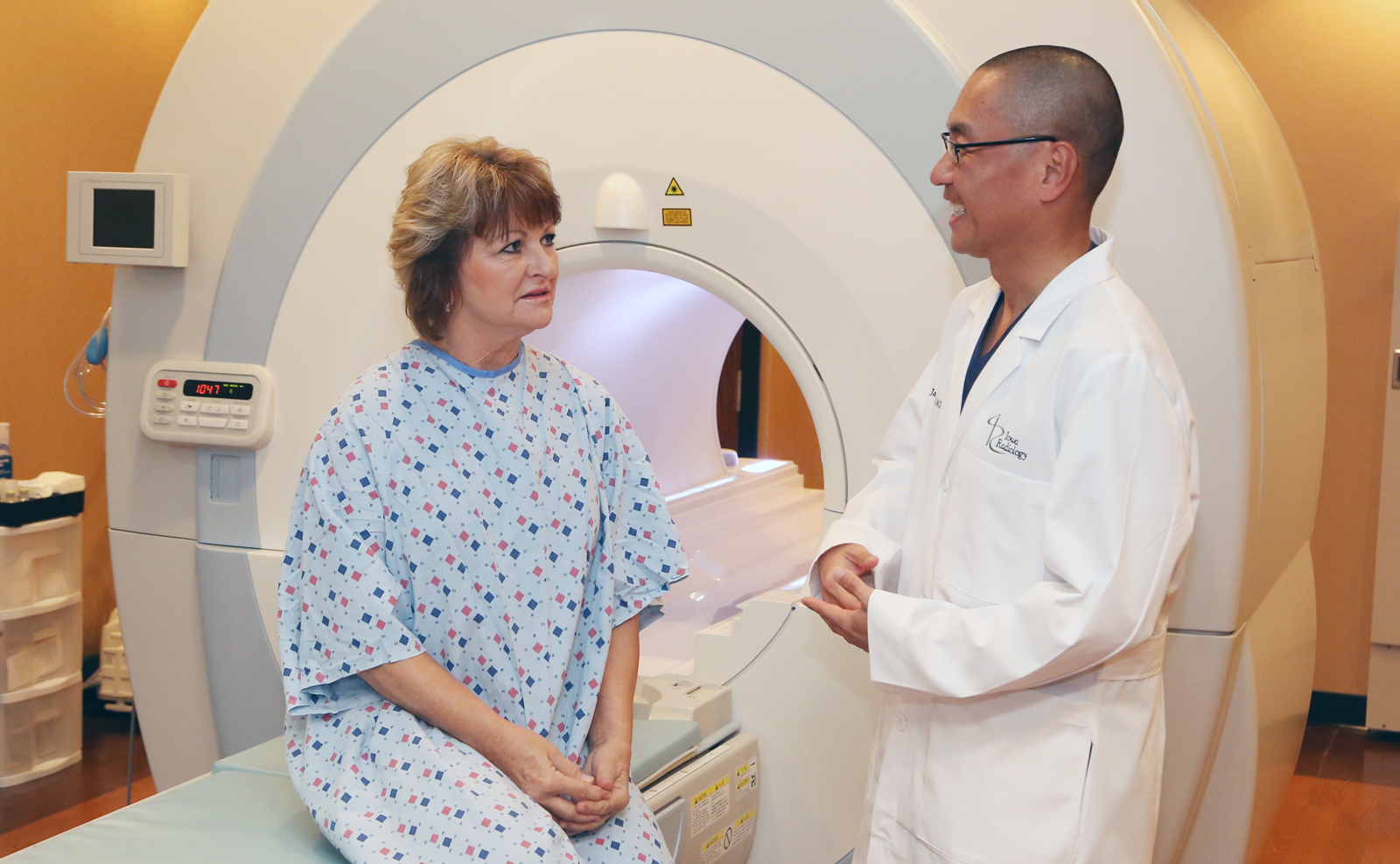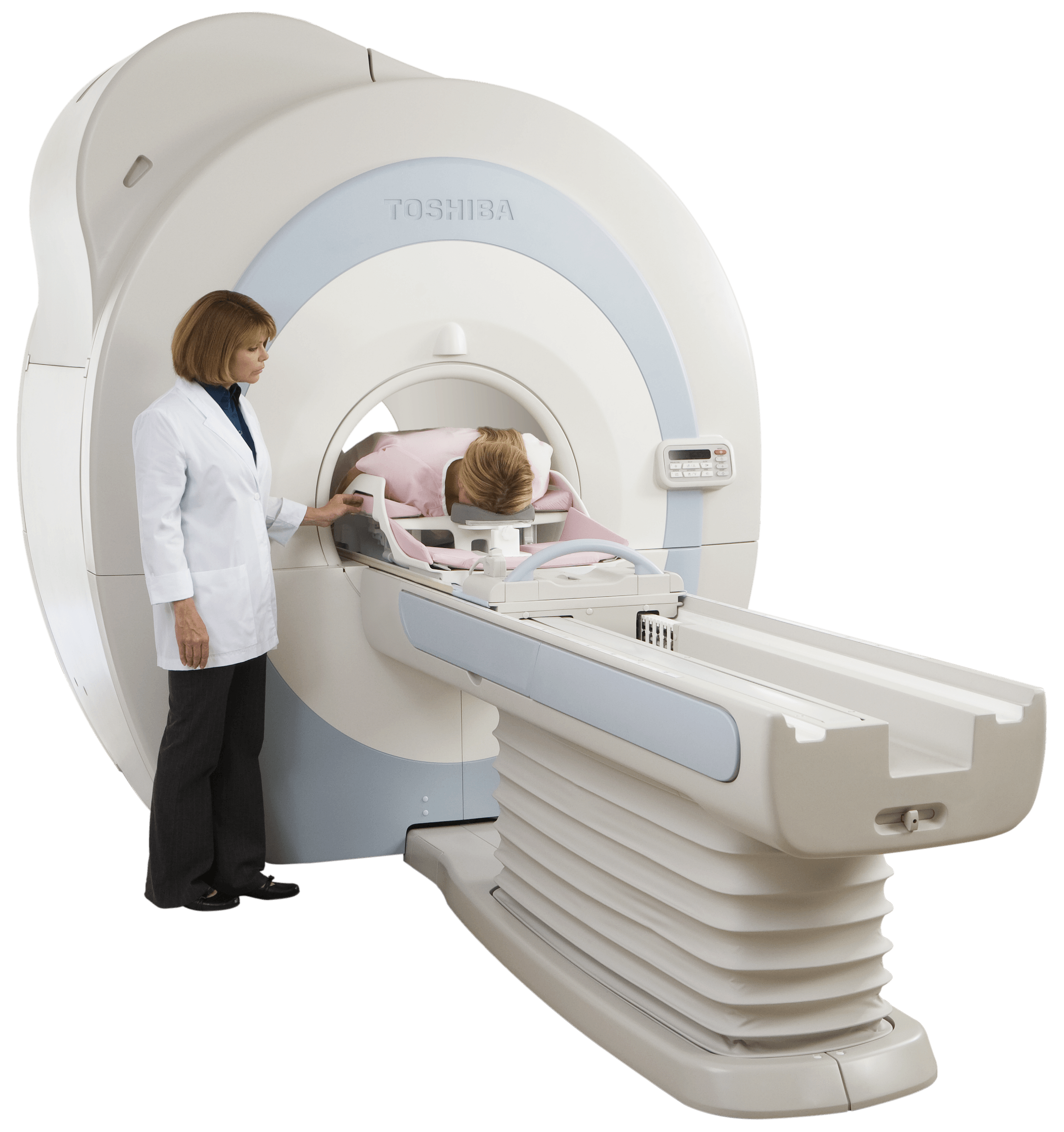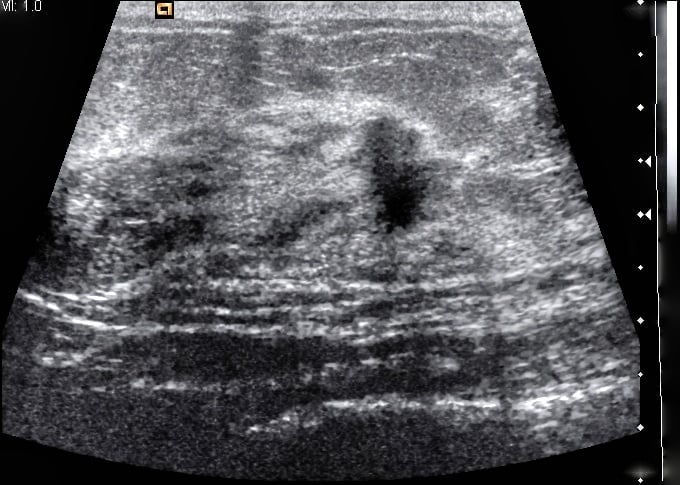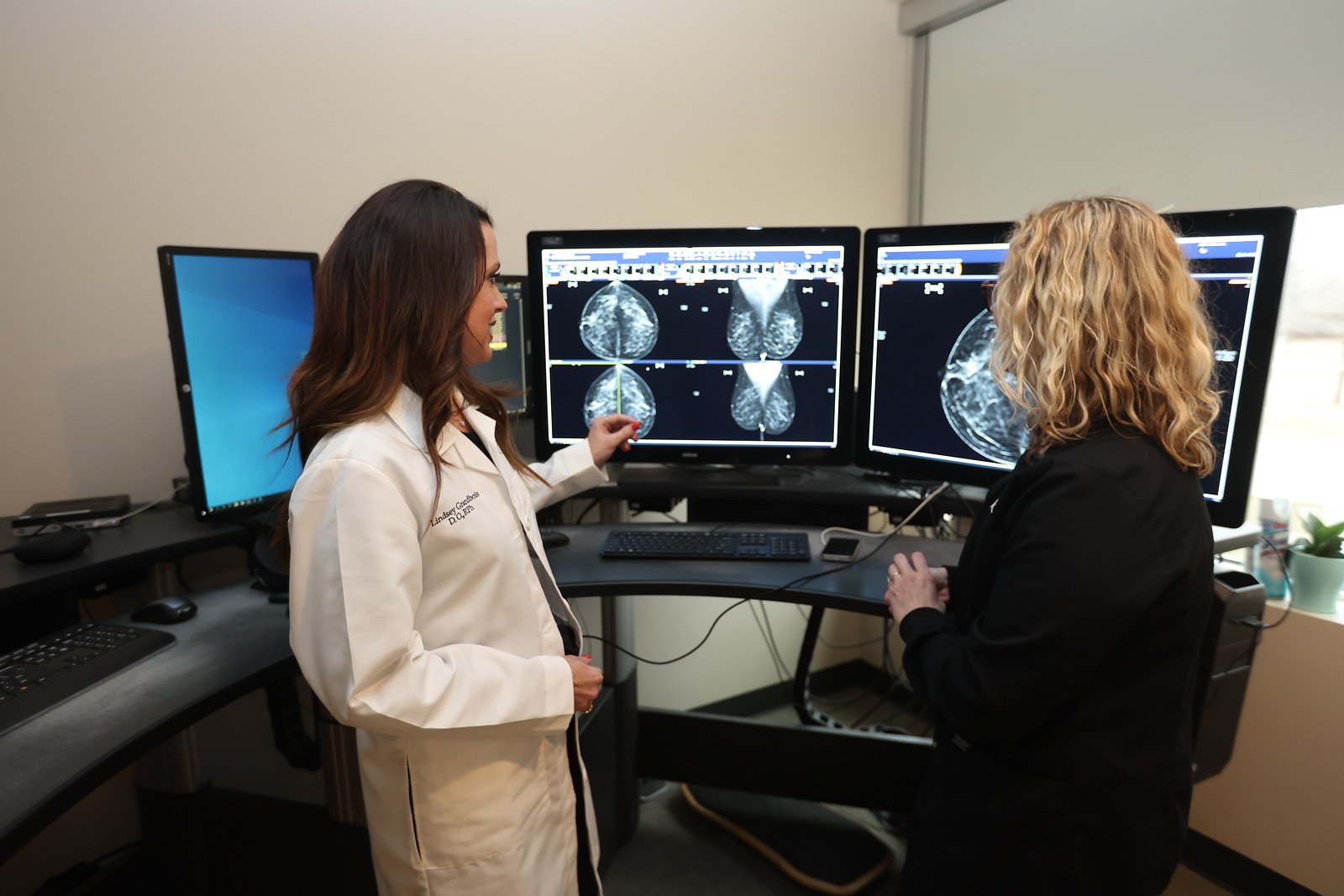How Hysterosalpingography Works & What to Expect
Mar 12, 2024 7:15:00 AM Posted by Iowa Radiology
If you’ve struggled to become pregnant or carry a pregnancy to term, your doctor may order a hysterosalpingogram (HSG) to investigate the cause. This imaging test allows a radiologist to visualize the uterus and fallopian tubes...
When Should I Seek Help for Pelvic Pain?
Dec 30, 2022 10:31:01 AM Posted by Iowa Radiology
Both men and women experience pelvic pain for a variety of reasons. In many cases, pelvic pain goes away on its own. Sometimes, however, it can be a sign of a serious or chronic condition that needs treatment. Below are some of...
MRI and Ultrasound for Breast Imaging
Jun 22, 2020 12:39:27 PM Posted by Iowa Radiology
Mammography is the most widely used and commonly recommended technology for breast imaging. The American College of Radiology and the Society for Breast Imaging recommend annual mammography screening for women at average risk of...
What Options Are Available for Breast Cancer Screening?
Jan 13, 2020 8:30:00 AM Posted by Iowa Radiology
Approximately one in eight women (12.5%) develops breast cancer in her lifetime. Because of the prevalence of breast cancer in women, doctors and medical associations recommend screening—looking for signs of disease when no...
Modern Breast Cancer Screening
Jul 29, 2019 8:33:00 AM Posted by Iowa Radiology
Dating back to the 1970s, the use of mammography in breast cancer screening has proven to save lives. Breast cancer screening has evolved dramatically, however, since those early days of direct-exposure film and the need for high...
Women’s Pelvic Ultrasound—Transabdominal vs. Transvaginal
Jul 1, 2019 4:23:00 PM Posted by Iowa Radiology
If your doctor orders a pelvic ultrasound exam, images can be captured in two different ways: transabdominally (through the abdomen) and transvaginally (through the vaginal canal). Depending on the patient and the condition being...
Alternatives and Supplements to Mammography, Part 1—Breast Ultrasound
Aug 23, 2018 8:30:00 AM Posted by Iowa Radiology
Mammography is the only breast cancer screening tool that has been proven to reduce deaths through early detection. However, other imaging modalities can be valuable when a supplement or alternative to mammography is needed....
Transvaginal Ultrasound: Why It’s Recommended & What to Expect
Jul 17, 2018 4:06:00 PM Posted by Iowa Radiology
Most people are familiar with transdermal ultrasound exams, during which the ultrasound transducer is passed over the surface of the skin to produce images of internal structures. To assess issues related to the female...
Sonohysterography for Investigating Gynecological Issues
Mar 25, 2018 8:47:00 AM Posted by Iowa Radiology
A woman who experiences symptoms like trouble getting pregnant, repeated miscarriages, or abnormal menstrual bleeding may be referred for a sonohysterogram to investigate possible causes. If a transabdominal or transvaginal...
Mammogram, Breast Ultrasound, & Breast MRI—What’s the Difference?
Jun 29, 2017 4:14:00 PM Posted by Iowa Radiology
Mammography is the standard for breast cancer screening, but it’s not the only imaging method that doctors use to get information about breast conditions and possible cancers. In some cases, ultrasound or MRI are chosen to...

-png.png)

.png)







